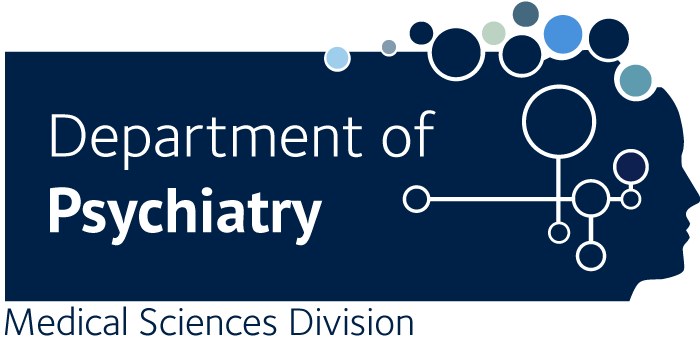Bipolar disorder: the neglected psychosis
Bhagwagar Z., Goodwin GM.
Bipolar disorder is a serious chronic illness which is ranked sixth among all medical disorders in years of life lost to death or disability. While abnormalities of monoaminergic neurotransmitter systems have been observed in the illness, various intracellular signalling pathways, which are potential substrates of lithium and valproate, are also implicated in the pathophysiology of bipolar disorder. The illness is defined by discrete episodes of mania and almost invariably depression, with a distinction being made between forms of manic or hypomanic illness. The lifetime risk of suicide in patients with a diagnosis of bipolar disorder ranges from 8% to 20% and accurate diagnosis and early interventions are the mainstays of treatment for bipolar disorder. While traditional mood stabilizers like lithium and valproate have long been the foundation of long-term treatment, there is evidence for the use of atypical antipsychotics and the novel anticonvulsants. An emerging role for non-pharmacological interventions has recently come to the fore, with the emphasis on psychoeducation and cognitive-behavioural approaches. © 2004 Elsevier Ltd. All rights reserved.

